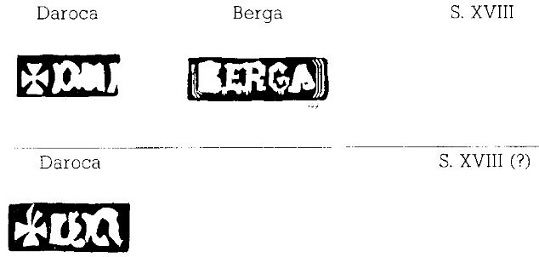Hallo,
thank you Dognose and Funkel for your investigative work.
After some evaluation of the various inputs and futher looking at the chandelier I came to some conclusions.
The Top part is definately not belonging to the bottom. The craftmanship including the style of ornaments and motifs, and the color of the gold plating is very much different on the two parts. The Top part is too small for the bottom part. What has also confirmed my opinion was what dognose said about ecclestical silvers has been sold of to the public, and possibly has been worked on by silversmiths according to the `New owners` wishes.
The Alex... Name chiseld into Top and bottom parts could just have been that silversmith who maybe also made the coat of arms engraving. Only the Top part has Sterling punched into it. The bottom part is deffinately silver of high content. Similar to the Top part, deffinately better than 800, as a couple of people have tested it with Potassiumdichromate Solution and found it to be( must be 925).
My question to dognose would be if your friend would be able to give further information about this sale of church silver to the public.
Thank you Funkel for your input and ideas. It is very high content silver and it is gold plated as it is apparently customary for church chandeliers of this kind.
I hope more can be found out now, as I am confident that is indeed spanish silver because of the + and the DR letters are just too similar to that depicting Daroca.
Even though it is only 2 letters and not mor as you suggest.
These stamnps have been changed every few years as another friend of mine has pointed out to me which he found on this site.
http://www.google.com/url?sa=t&rct=j&q= ... CC9zeMp2yw
Hope to hear your opinion on my ideas.
Mike






